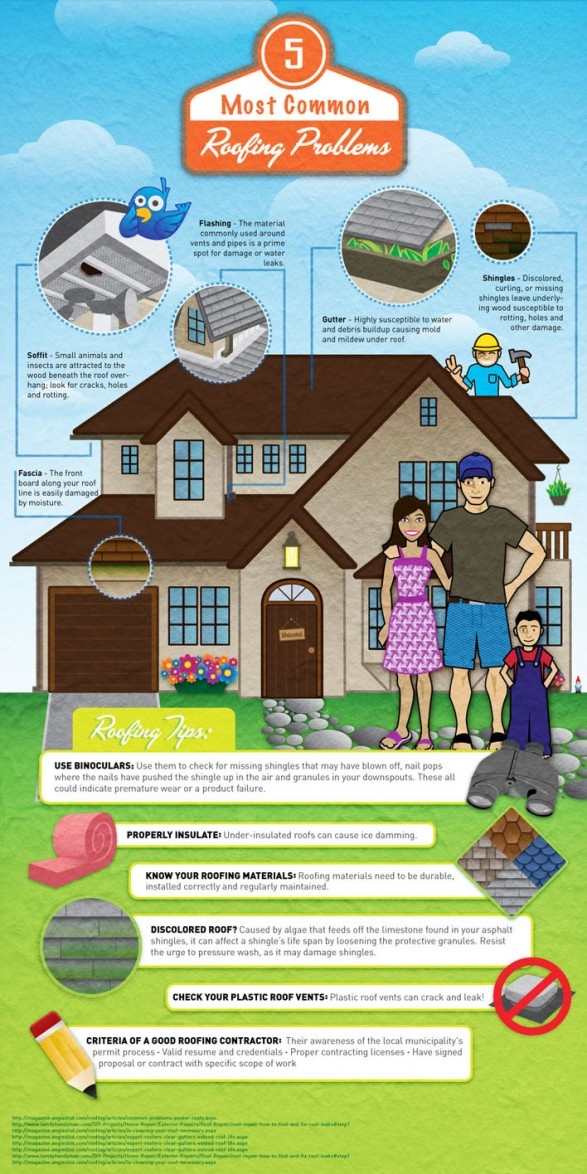Typical Mistakes In Roofing Installment And Approaches To Stay Clear Of Them
Typical Mistakes In Roofing Installment And Approaches To Stay Clear Of Them
Blog Article
Web Content By-Parsons Randrup
When you're preparing a roof covering setup, it's simple to forget important information that can result in considerable issues down the line. You could be attracted to cut edges on product choice or skip correct flashing setup, however these common blunders can lead to costly fixings later. Understanding the importance of air flow and adhering to local building ordinance is necessary for an effective task. So, what are the essential steps you should take to guarantee your roof covering stands the test of time? Let's discover some effective strategies to stay clear of these mistakes.
Poor Material Choice
When it pertains to roof installation, selecting the incorrect materials can cause expensive problems down the line. You may believe that any roof product will certainly do, yet that's a typical false impression. It's important to choose materials that suit your neighborhood climate and the specific demands of your home.
For example, if you live in a location with hefty rainfall or snow, going with asphalt shingles may not be the best option. Rather, think about even more long lasting choices like steel or slate.
Additionally, take notice of the high quality of the products you're thinking about. Low-cost materials may conserve you cash upfront, but they commonly lack longevity and can cause constant repairs or replacements.
You should additionally think of the style of your home and make certain the products you pick will keep its aesthetic charm.
Finally, do not forget to consult with professionals. They can provide valuable insights and recommend materials that comply with regional building ordinance.
Spending time in appropriate material option now can assist you stay clear of headaches and expenses in the future, making your roof job a success.
Inadequate Flashing Setup
Picking the right products isn't the only element that can lead to roofing issues; inadequate flashing setup can also create significant problems. Flashing is crucial for routing water far from prone areas, such as smokeshafts, skylights, and roof valleys. If it's not mounted appropriately, you run the risk of water invasion, which can result in mold and mildew growth and structural damages.
When more info mount flashing, ensure it's the appropriate type for your roof's design and the neighborhood environment. For example, steel flashing is typically more durable than plastic in areas with hefty rainfall or snow. Make sure the flashing overlaps suitably and is secured tightly to stop voids where water can leak through.
You should additionally focus on the setup angle. Flashing must be placed to route water far from the house, not towards it.
If you're unclear about the setup procedure or the materials required, consult a specialist. They can help identify the very best blinking options and guarantee every little thing is set up properly, securing your home from prospective water damage.
Taking these actions can conserve you time, cash, and frustrations in the future.
Neglecting Air Flow Needs
While numerous house owners concentrate on the visual and architectural aspects of roof covering installment, ignoring ventilation demands can result in major long-lasting effects. Appropriate ventilation is crucial for regulating temperature and wetness degrees in your attic room, preventing concerns like mold growth, wood rot, and ice dams. If you don't mount ample ventilation, you're setting your roofing up for failure.
To avoid this blunder, initially, assess your home's specific ventilation requirements. A balanced system commonly consists of both consumption and exhaust vents to advertise air flow. Ensure you have actually set up soffit vents along the eaves and ridge vents at the peak of your roofing. visit link allows hot air to leave while cooler air goes into, keeping your attic room space comfortable.
Additionally, think about the type of roof material you've picked. Some products might call for additional ventilation techniques. Confirm your regional building regulations for air flow guidelines, as they can vary considerably.
Lastly, do not forget to inspect your air flow system regularly. Clogs from debris or insulation can hamper airflow, so maintain those vents clear.
Final thought
Finally, avoiding usual roofing setup mistakes is crucial to guaranteeing your roofing system's longevity and efficiency. By choosing the right materials for your environment, installing flashing effectively, and addressing ventilation needs, you can stop expensive issues later on. Don't neglect to acquaint on your own with regional building regulations and schedule regular evaluations. With these steps, you'll take pleasure in a risk-free, durable roofing system that protects your home for several years to come. Pleased roof!
